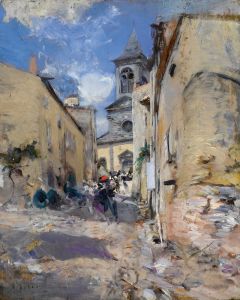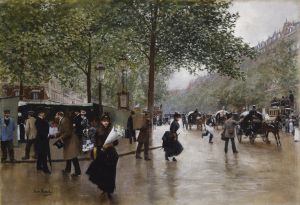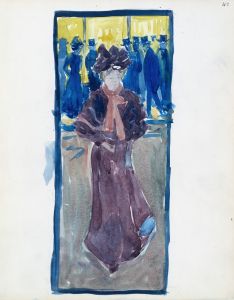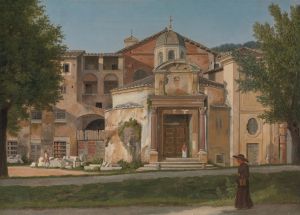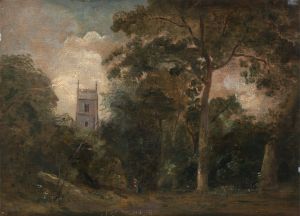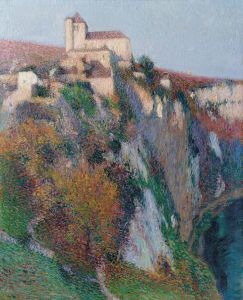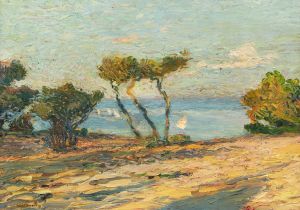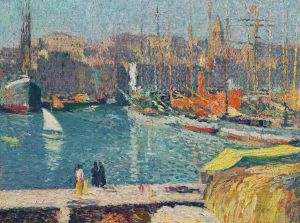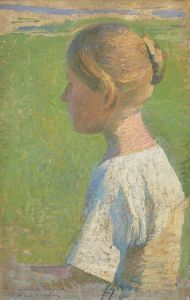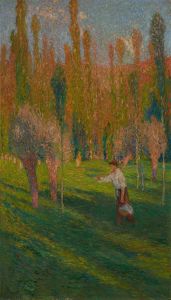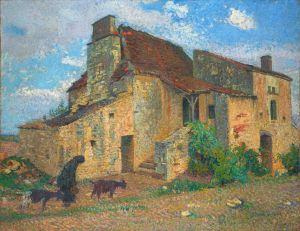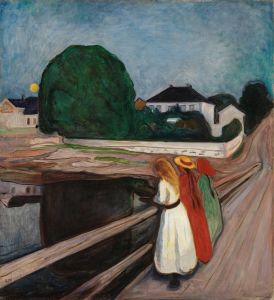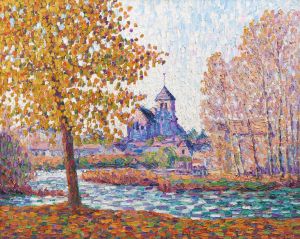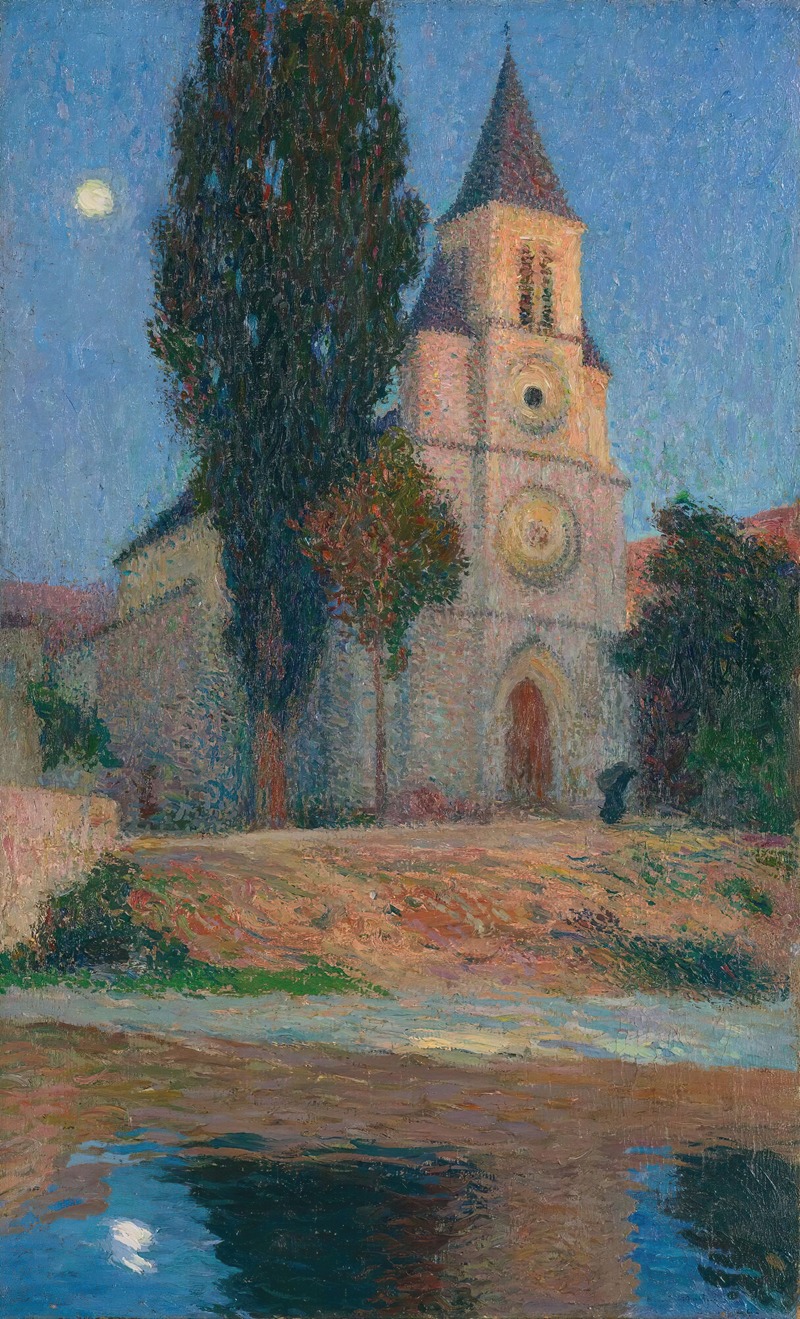
Lever De Lune Derrière L’église De La Bastide-Du-Vert
A hand-painted replica of Henri Martin’s masterpiece Lever De Lune Derrière L’église De La Bastide-Du-Vert, meticulously crafted by professional artists to capture the true essence of the original. Each piece is created with museum-quality canvas and rare mineral pigments, carefully painted by experienced artists with delicate brushstrokes and rich, layered colors to perfectly recreate the texture of the original artwork. Unlike machine-printed reproductions, this hand-painted version brings the painting to life, infused with the artist’s emotions and skill in every stroke. Whether for personal collection or home decoration, it instantly elevates the artistic atmosphere of any space.
Henri Martin was a prominent French painter known for his contributions to the Post-Impressionist movement. Born on August 5, 1860, in Toulouse, France, Martin developed a distinctive style characterized by his use of pointillism and a vibrant color palette. He studied at the École des Beaux-Arts in Toulouse and later in Paris, where he was influenced by the works of the Impressionists and the Symbolists.
One of Martin's notable works is "Lever De Lune Derrière L’église De La Bastide-Du-Vert," which translates to "Moonrise Behind the Church of La Bastide-Du-Vert." This painting exemplifies Martin's ability to capture the serene and mystical qualities of the French countryside, a recurring theme in his oeuvre. The painting depicts a tranquil evening scene in the small village of La Bastide-du-Vert, located in the Lot department of southwestern France.
In "Lever De Lune Derrière L’église De La Bastide-Du-Vert," Martin employs his signature pointillist technique, using small, distinct dots of color to create a cohesive and luminous image. This method allows for a vibrant interplay of light and shadow, effectively conveying the gentle glow of the moon rising behind the village church. The composition is carefully balanced, with the church positioned slightly off-center, drawing the viewer's eye to the celestial event unfolding in the sky.
The choice of subject matter reflects Martin's deep appreciation for rural France and its architectural heritage. The church, a central element in many French villages, symbolizes both spiritual and communal life. By depicting the moonrise behind it, Martin imbues the scene with a sense of tranquility and timelessness, inviting viewers to pause and reflect on the beauty of the natural world.
Henri Martin's work is often associated with the Neo-Impressionist movement, which sought to build upon the innovations of Impressionism by incorporating scientific theories of color and light. His paintings are characterized by their meticulous attention to detail and their ability to evoke mood and atmosphere. Martin's use of color is particularly noteworthy; he often employed a rich, harmonious palette that enhanced the emotional impact of his scenes.
Throughout his career, Martin received numerous accolades for his work. He was awarded the prestigious Prix de Rome in 1885, which allowed him to study in Italy and further refine his artistic skills. Upon returning to France, he continued to exhibit widely, gaining recognition for his unique approach to landscape painting.
"Lever De Lune Derrière L’église De La Bastide-Du-Vert" is a testament to Henri Martin's mastery of his craft and his enduring legacy as one of France's foremost painters. His ability to capture the essence of a moment, combined with his innovative use of color and technique, ensures that his work continues to be celebrated and studied by art enthusiasts and scholars alike.





